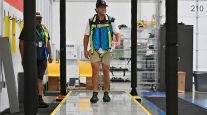Bloomberg News
Amazon’s Boler Davis in Mix to Become First Black Logistics Chief
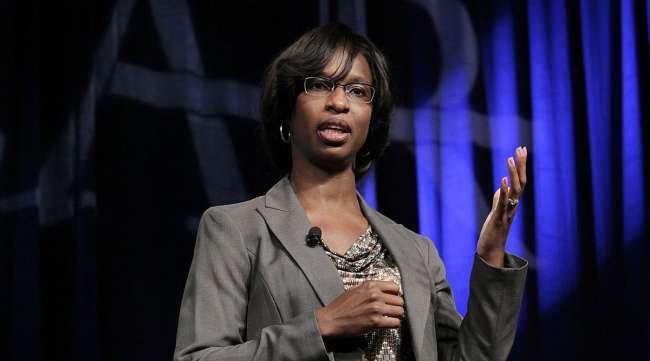
[Ensure you have all the info you need in these unprecedented times. Subscribe now.]
When Alicia Boler Davis was elevated to Jeff Bezos’ vaunted S-Team leadership council earlier this month, she became the first Black executive to enter Amazon.com Inc.’s upper ranks — and a candidate to run the company’s far-flung logistics empire.
Early next year, the current logistics chief, Dave Clark, will step aside to lead Amazon’s consumer business. Whether Boler Davis, 51, replaces him in this pivotal role will depend in part on how well she performs in her current job, running the company’s warehouses, which employ hundreds of thousands of workers and handle billions of packages a year.
It won’t be easy. The former General Motors Co. executive must keep the facilities operating smoothly during the busy holiday season amid a global pandemic that has fueled a surge in online shopping even as it laid low scores of the Amazon workers who pick and pack orders for delivery.
Mike Ramsey, a Gartner vice president who tracks the auto industry, says Boler Davis’ experience running GM factories is well-suited to her new role.
“The fulfillment part of Amazon’s business is where everything happens,” he said. “It doesn’t matter how slick the interface is if packages aren’t delivered and done so quickly.”
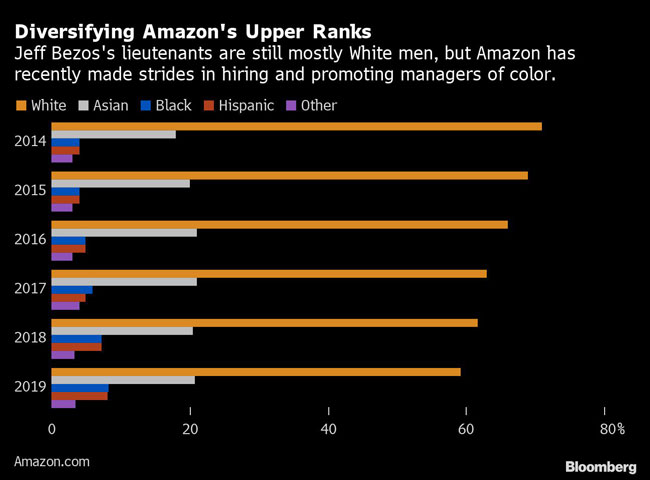
Amazon declined to make Boler Davis available for an interview.
Her trajectory began in Detroit, where she was born in 1969. She was raised in nearby Romulus, Mich., by parents who married young and divorced when she was 5. While her father remained part of her upbringing, money was tight for her working mother and three siblings.
“We didn’t have a lot,” she told the Detroit News in 2018. “If an iron or a washer broke, I would cut some cord, get some wire, and patch it together and repair it, because I knew we didn’t have money to fix it.” The second oldest of four, Boler Davis said the eldest sister, Kimberly, who went on to attend Harvard University, set the bar high for her.
Boler Davis participated in a summer engineering program for high school students run by General Motors Institute, now Kettering University, which piqued a nascent interest in the field. After graduating from Northwestern University with a degree in chemical engineering, she briefly worked for The Upjohn Co., a pharmaceutical maker, and PepsiCo. Inc. She joined GM in 1994 and ran plants making Cadillac Escalade SUVs in Texas and Chevrolet Sonic subcompacts in Michigan.
GM named Boler Davis a vice president in 2012, kicking off a rapid ascent. She oversaw global quality and U.S. customer experience for a little more than a year, then was promoted to senior vice president and given a global mandate for both roles. In 2016, Boler Davis was named executive vice president of global manufacturing and labor relations, overseeing 180,000 employees at more than 170 facilities in over 30 countries. She reported to CEO Mary Barra, who she described as a role model.
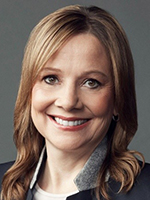
Barra
For all her success at GM, her career there wasn’t without challenges. She described being discouraged early on at the company, which was for decades largely dominated by long-tenured White men. In February 2019, she and Barra paid a 2½-hour visit to a transmission plant in Toledo, Ohio, to underscore the zero-tolerance policy against racism after a series of firings and lawsuits related to incidents including the display of a toy monkey to taunt Black workers. Her departure for Amazon was reported later that month.
Few were sorrier to see her go than Barra, according to a person familiar with the situation. The CEO considered Boler Davis a key member of her management team because Boler Davis led the company’s global network of factories, where Barra had paid her dues, the person said. GM declined to comment.
Jeff Wilke, Amazon’s retiring consumer unit chief, met Boler Davis over lunch after an introduction by a mutual acquaintance, and was impressed by her leadership experience, technical acumen and dedication to workers on the factory floor, Wilke wrote in an email to employees earlier this month. Her hiring in April 2019, to oversee Amazon’s more than 175 biggest warehouses around the world, came as the logistics unit worked to cultivate a deeper bench of executives, at times by reaching outside the company.
RELATED: Amazon's Drone Delivery Fleet Hits Milestone With FAA Clearance
Amazon is often compared with web and software giants, but the operations unit that Boler Davis helps lead has more in common with a sophisticated manufacturing enterprise. Amazon warehouses employ hundreds of thousands of workers who labor alongside a similar number of robots. The company built that empire by embedding the lean manufacturing principles Toyota Motor Corp. famously used to dominate Detroit, forcing GM to embrace them during Boler Davis’s days at the carmaker. She also oversees teams working on customer service, sustainability and product safety, a key topic as regulators examine how the company runs its marketplace. When longtime engineering executive Brad Porter left the company earlier this month, some of his teams working on robotics and warehouse technology began reporting to Boler Davis.
As the coronavirus began spreading across the U.S., Boler Davis and colleagues chose to keep Amazon’s doors open even as many businesses closed, retooling warehouse operations and going on a hiring spree to make up for workers taking shelter at home. The company has been criticized by elected officials, labor leaders and some of its own workers for its actions during the pandemic, including for firing workers who were involved in employee organizing. Amazon has said the employees were let go for violations of company policy.
Now, going into the fourth quarter, Boler Davis faces the challenge of matching Amazon’s staffing to customer demand and keeping facilities running smoothly through the holiday shopping season.
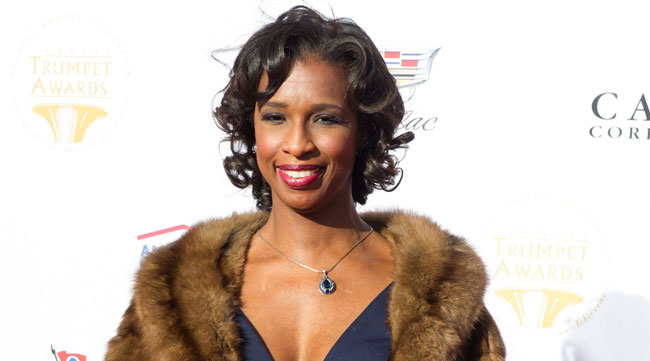
Alicia Boler Davis attends the Trumpet Awards in Atlanta in 2016. (Getty Images via Bloomberg News)
Amazon’s top leadership circle has been remarkably steady over the years, made up of mostly White men, many of whom had been with the company for decades. The workforce is 27% Black, and Amazon has a more diverse makeup than most technology companies, primarily because many of the people working in the warehouses are Black. But 59% of Amazon managers are White, and 73% are men. Still, as the fourth woman on Amazon’s 26-person S-team, Boler Davis’ rise is evidence that things are starting to change.
In the past, she has acknowledged being a role model for people of color. “It’s not something that I carry around and think about every day, but I certainly do focus on holding myself to a high standard of excellence,” she said in 2017. “I want to inspire others with my actions and consistently advocate for diversity and inclusion of all forms.” She has long promoted STEM education, joining Barra and Facebook Inc. Chief Operating Officer Sheryl Sandberg a few years ago to discuss career and education possibilities with young girls and working women.
Want more news? Listen to today's daily briefing:
Subscribe: Apple Podcasts | Spotify | Amazon Alexa | Google Assistant | More




